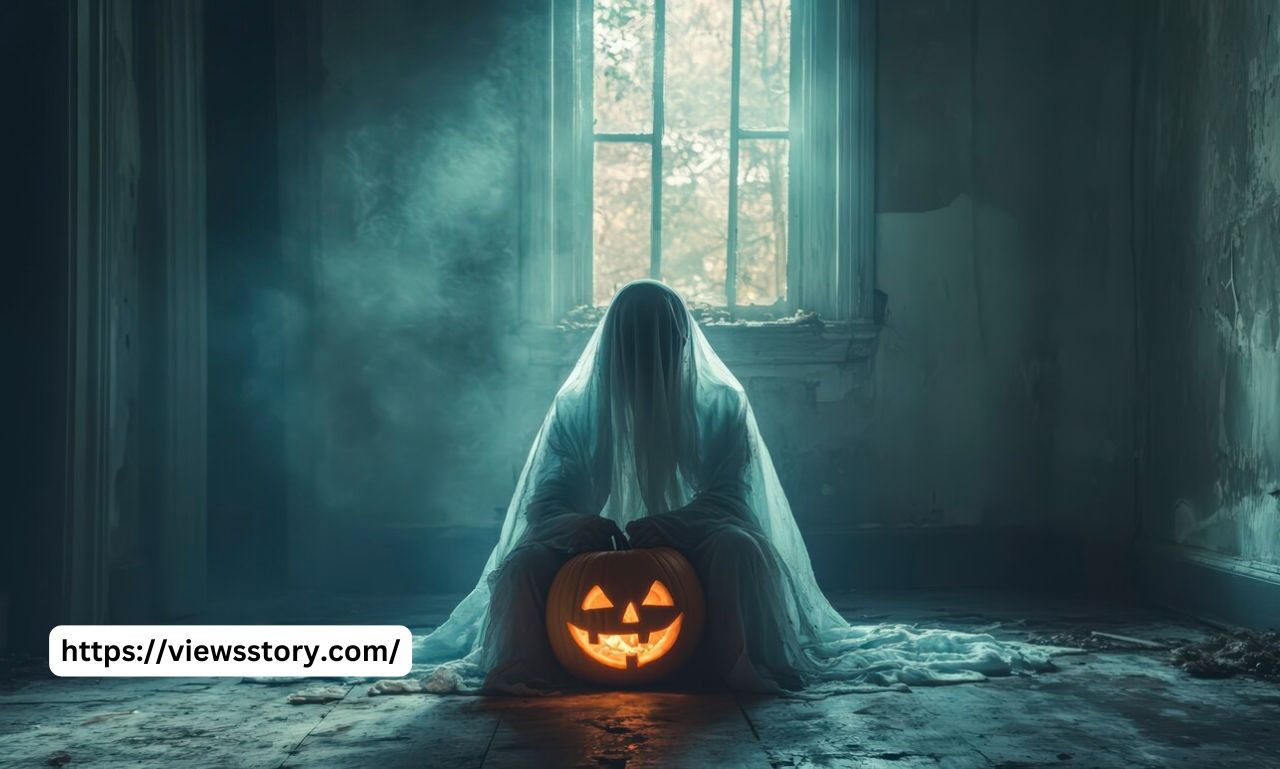Ghosts have long been a subject of fascination, sparking debates across cultures and generations. From spooky stories to real-life paranormal investigations, the existence of ghosts remains one of humanity’s greatest mysteries. But, are ghosts true? Let’s explore the evidence, myths, and scientific perspectives to better understand the possibility of their existence.
1. The History of Ghost Beliefs
Ghost stories have been passed down through generations, forming part of human history and cultural lore.
- Ancient Civilizations: From ancient Egypt to Greece, belief in spirits has been prevalent. Many believed in afterlife journeys, with spirits sometimes returning to the living world.
- Medieval Period: During this time, ghosts were often seen as souls trapped in purgatory or seeking justice.
- Modern Ghost Stories: Today, ghost sightings and haunted locations have become popular topics in media and literature.
2. Types of Ghosts and Spirits
There are different types of ghosts, each with its own characteristics and legends. Understanding these variations is key to exploring their reality.
- Residual Hauntings: Often considered an “echo” of the past, these hauntings repeat a specific event, with no interaction between the ghost and the living.
- Intelligent Spirits: These are spirits believed to interact with the living, responding to questions or making their presence known.
- Poltergeists: Known for creating disturbances, poltergeists are often associated with loud noises and moving objects.
- Shadow People: Ghost-like figures that appear as dark shadows, often perceived as ominous.
- Doppelgängers: Mysterious apparitions that mirror living people, adding another layer of mystery to the concept of spirits.
3. Ghost Sightings and Haunted Locations
Throughout history, there have been countless reports of ghost sightings. Some of the most famous haunted places have become tourist attractions, drawing people in with their eerie histories.
- Famous Haunted Places: Locations like the Tower of London, the Winchester Mystery House, and the Amityville Horror House are known for their reported hauntings.
- Personal Ghost Sightings: Many individuals claim to have seen or felt a ghostly presence in their homes or during trips.
- Haunted Hotels: Some hotels, like the Stanley Hotel (inspiration for “The Shining”), are famous for paranormal activity.
4. Scientific Explanations for Ghosts
While ghost believers stand by their experiences, science offers potential explanations for ghostly encounters.
- Psychological Phenomena: Fear, stress, and sleep paralysis can lead to hallucinations that are often mistaken for ghostly encounters.
- Environmental Factors: Electromagnetic fields and infrasound waves may cause feelings of unease or visual distortions.
- Human Perception: Our brains often try to make sense of random stimuli, leading to misinterpretations of shadows or noises as ghosts.
5. Paranormal Investigations: Evidence or Hoax?
Paranormal investigators use modern tools to capture ghostly evidence, but the credibility of these findings is often questioned.
- Ghost Hunting Equipment: Devices like EMF detectors, thermal cameras, and spirit boxes are commonly used to detect paranormal activity.
- Famous Paranormal Investigations: The Enfield Poltergeist, the Amityville Horror case, and other investigations have been subjects of documentaries and movies.
- Skepticism: Critics argue that ghost sightings and paranormal activity can be explained by environmental, psychological, or fabricated causes.
6. Cultural Views on Ghosts
Ghosts are perceived differently across cultures, reflecting beliefs in life after death and spiritual existence.
- Western Beliefs: In Western cultures, ghosts are often seen as spirits of the deceased, either stuck on Earth or choosing to visit loved ones.
- Eastern Beliefs: Many Eastern cultures, like those in Japan and China, believe in ghosts and ancestral spirits, with rituals to honor them.
- Spiritualism and Ghosts: During the 19th and early 20th centuries, spiritualism became popular, with mediums claiming to communicate with the dead.
7. Ghosts in Media and Pop Culture
Ghosts have made a significant impact on pop culture, from books to movies, fueling our collective fascination with the paranormal.
- Popular Ghost / horror Movies: Films like “The Sixth Sense,” “Ghostbusters,” and “The Conjuring” are iconic representations of ghosts in cinema.
- Ghosts in Literature: Classic ghost stories, like “A Christmas Carol” and “The Turn of the Screw,” have influenced how we view spirits.
- TV Shows and Paranormal Investigations: Reality TV shows like “Ghost Hunters” and “Paranormal Witness” depict real-life ghost encounters.
Conclusion
While many people believe in the existence of ghosts, others remain skeptical, often attributing paranormal activity to psychological or environmental factors. The truth about ghosts may never be fully known, but they continue to captivate the human imagination. Whether real or a product of the mind, ghosts serve as reminders of our curiosity about the unknown.
Meta Description






